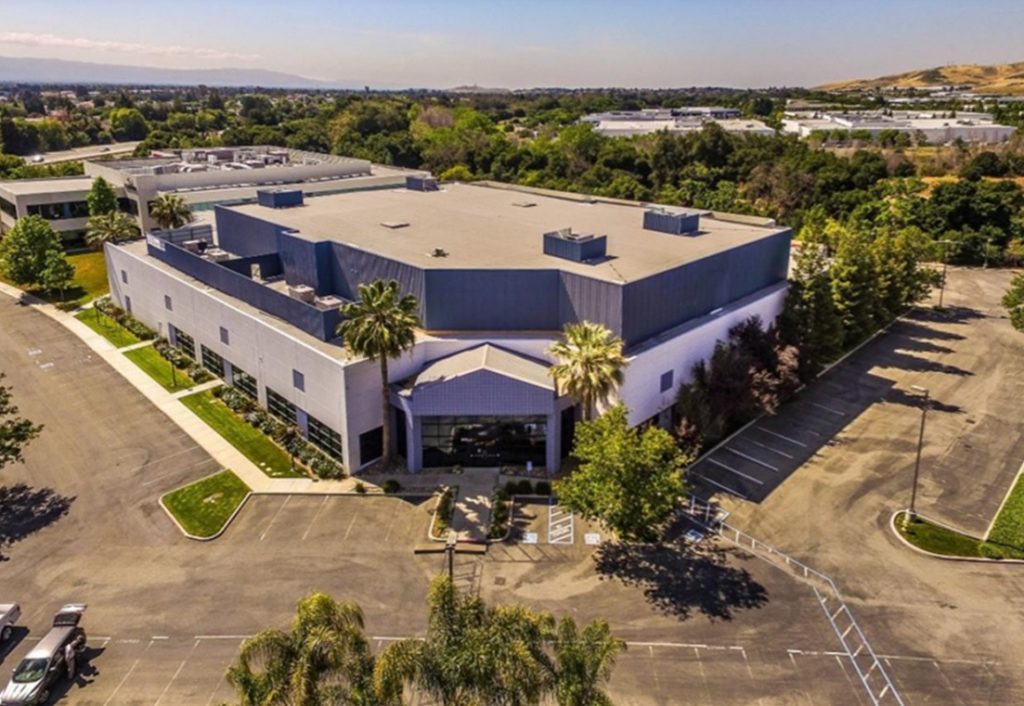San Jose could soon get a new police training facility for an $18.5 million price tag.
The San Jose City Council voted unanimously Tuesday to purchase 4.7 acres of land with a 97,831 square foot warehouse. The property will become a police academy, which police officials say is needed to replace current smaller, subpar training facilities.
Police advocates say the new facility is essential to strengthening the police force, while critics are wary of funneling more public dollars into law enforcement.
San Jose’s current police academy is located in a substation on Great Oaks Parkway in the far south of the city. Since the building was designed for regular police work — not training — it doesn’t meet state standards for a police academy.
Once San Jose builds a new, larger police academy, the substation can be used as intended. Officers assigned to the Southern District could make the substation their home base, reducing drive time and allowing for faster responses to emergencies in south San Jose, according to a memo by Acting Police Chief Dave Tindall, Economic Development Director Nanci Klein and Matt Cano, director of public works.
The move comes as San Jose named Anthony Mata its new police chief earlier Tuesday.
“The need for a police training facility that complies with California (the Commission on Peace Officer Standards and Training) standards is an important element in ensuring the continuous improvement of our department and how we deliver quality public safety services to the residents we serve,” said Paul Kelly, president of the San Jose Police Officers Association.
Money for a new police academy will come from Measure T, the “Disaster Preparedness, Public Safety and Infrastructure Bond.” The $650 million bond—passed by voters in 2018—is expected to funnel $175 million into public safety projects.
Opponents: No more money for SJPD
Raj Jayadev, cofounder of advocacy organization Silicon Valley De-Bug, said he’s concerned the city is investing more public dollars into policing when officers have made the community less safe.
According to a 2019 Independent Police Auditor report, residents filed 248 complaints against officers in 2018 — a 12 percent increase from 222 complaints in 2017.
During the George Floyd protests in May and June, the city’s police watchdog received at least 11 complaints alleging officers used excessive force. Five of those complaints specifically cited rubber bullet or baton use. Rubber bullets injured peaceful protestors and SJPD released videos of officer-citizen confrontations.
“It is a misappropriation of funds that should be allocated for community wellbeing and safety,” he said, adding he’d rather see the money used for mental health support, substance abuse programs or housing. “The protests around George Floyd and all the local action shows that public safety is not equated to increased policing for a lot of our communities, and if anything, what people feel they need protection from is police violence.”
Tom Saggau, a police union spokesperson, said proper training facilities are critical for educating officers. He said he hopes the new academy and training grounds will have enough space to provide ample “scenario-based” training, which can help officers learn how to react to and de-escalate situations, possibly reducing the likelihood of situations like the ones that worry Jayadev.
For example, he said, a group can role play a scenario where an officer pulls over a car and confronts a potential suspect. The officer can think about the best methods for handling the situation in a low-stakes environment before entering the field.
“You can build mock environments. Those are really effective and helpful,” Saggau said. “It’s kind of like theater.”
The union supports this type of education, saying it will be an essential part of local reform, he said.
Jayadev said people shouldn’t expect more training to solve excessive use-of-force among officers.
“They’ve always had de-escalation practices or protocols or training on paper—that clearly hasn’t stopped the bodies from falling,” Jayadev said.

Next steps
Once the city purchases the south San Jose property at 300 Enzo Drive, it will take two to three years to be ready for training. The existing building already meets standards for keeping training and academy functions separate. The nearby Coyote Creek Trail can be used for running and exercise activities and the existing outdoor parking can be used for driving and marching — this will save the city money on building running space.
Since the parking lot would be used for training, the city is considering leasing Caltrans land or space from the surrounding property for parking.
The city is expected to seal the deal for the land within the next 30 days. A construction contract for the new academy is expected to come before the council in Oct. 2022. Operating costs will be about $2.1 million annually. Operating the substation will cost an additional $3.2 million annually.
Even if the new academy is built and the substation returns to its original use, San Jose still needs to solve its chronic officer shortage, which has left local officers working an increasing amount of overtime hours.
Contact Carly Wipf at [email protected] or follow @CarlyChristineW on Twitter.



Leave a Reply
You must be logged in to post a comment.